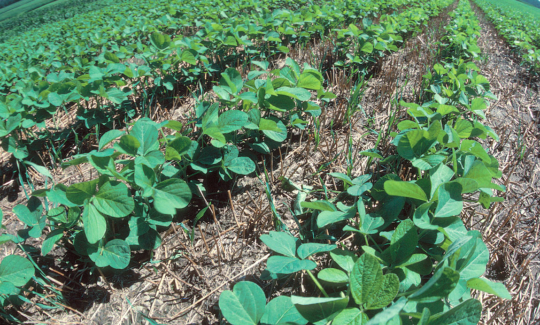Explore our blog featuring articles about farming and irrigation tips and tricks!
6 Tips For Switching To No-till

By: Neil Sass
No-till is one of the most popular and effective conservation practices but making the switch from tilling to not can be intimidating. No-till allows farmers to grow crops with minimal disturbance to their fields and the organisms that live in the soil. This increases soil health while also reducing the cost of fuel and labor. Today, Neil Sass provides us with some tips for transitioning to no-till that he has learned from farmers who’ve been there.
These are the things farmers and other experts doing no-till have told me are necessary for success.
1. Start planning at least one year before implementation
Considerations should include:
Smooth field surface;
Sufficient fertility and appropriate pH;
Adequate drainage;
Changes to weed and nutrient management;
Manage compaction;
Adapting equipment;
Even distribution of crop residue; and
Implementing cover crops.
2. Pick an easy entry point and crop
After a perennial crop;
After a cover crop—adding a cover crop to your system will speed up the process of building Soil Health; and
Plant the right crop your first year. For example, in the Midwest, consider planting soybeans the first year. They are more forgiving of soil conditions and nitrogen immobilization.
Stay up to date on all T-L news and get alerts on special pricing!


